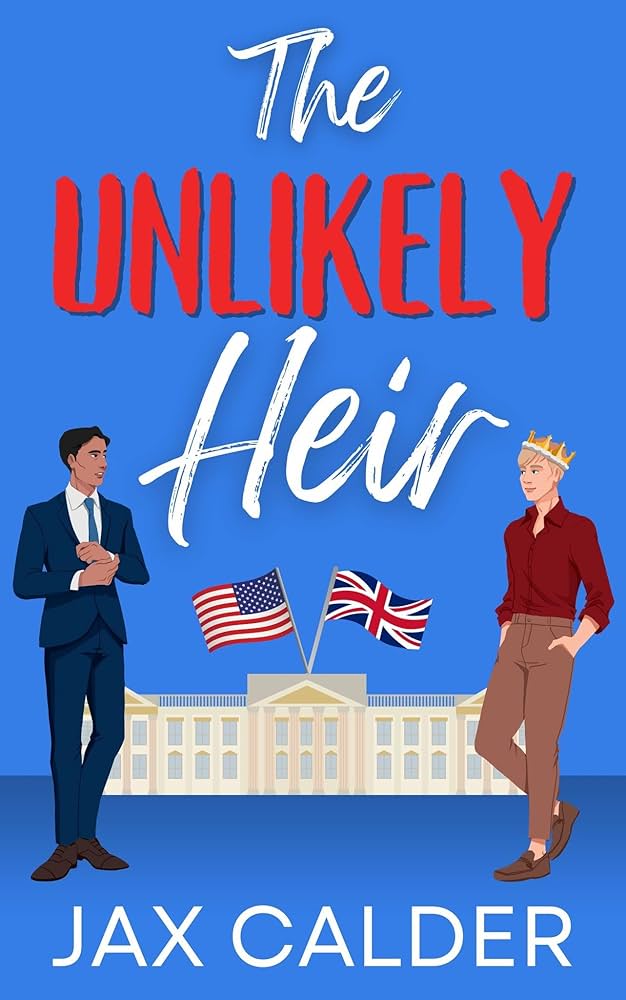In the heart of Buckingham Palace lies a captivating narrative—one that explores the royal family’s ongoing struggle with the popularity of its younger members.
This age-old institution, built on centuries of tradition, often finds itself at odds with the adoration directed towards its more charismatic individuals.
As we delve into this intriguing saga, we uncover the complexities of an empire attempting to maintain its image while grappling with the winds of change.
The royal family has long been characterized by its adherence to hierarchy and protocol.
Yet, paradoxically, this rigid structure seems to falter when faced with the public’s affection for its younger royals.
Take a moment to remember Princess Diana, who captured hearts in the late 90s with her warmth and charm.
Her popularity was a double-edged sword; while she was adored by the masses, her rising fame created unease within the palace, disrupting the established order.
Ken Wharfe, Diana’s former protection officer, pointed out how the young princess felt isolated from her royal relatives.
Fast forward to the present day, and we see a similar pattern emerging with Meghan Markle.
The American actress, who brought a refreshing perspective to the monarchy, quickly won the public’s favor.
Yet, much like Diana, Meghan found herself distanced from the family she had joined.
These instances are not mere coincidences; they reveal a recurring theme of the royal family’s struggle to embrace the popularity of its junior members.
Is this a sign of insecurity, or perhaps a desire to maintain a controlled public image?
The answer remains elusive.
This struggle is not new.
If we rewind to the late 70s, we can recall how Princess Anne’s rising popularity caused ripples within the royal corridors.
Her vivacious spirit captivated the public, yet it seemed to unsettle the institution.
The arrival of Diana only intensified this tension, as her humanitarian efforts and openness about personal struggles made her a beloved figure worldwide.
Despite this, she too experienced isolation, as her progressive ideas clashed with the traditional views held by the monarchy.
As we journey through time, the story continues with Meghan Markle, whose Hollywood glamour and advocacy for women’s rights brought a modern touch to the royal family.
However, her popularity and outspoken nature led to discomfort within the institution, ultimately resulting in her and Prince Harry stepping back from royal duties.
These events underscore a deeper issue—a reluctance within the royal family to adapt to the changing landscape of public sentiment.
This ongoing struggle is not simply about individual popularity; it reflects a broader challenge for the monarchy.
The institution’s historical image of stability and tradition is increasingly at odds with contemporary societal values that prioritize authenticity and transparency.
The royal family’s resistance to embracing popular members who challenge the status quo creates an impression of rigidity, which can alienate them from the public.
Moreover, the internal dynamics within the family can become strained.
The experiences of both Diana and Meghan illustrate how isolation can lead to rifts, ultimately damaging the royal family’s public image.
These tensions highlight the need for the monarchy to find a balance between tradition and modernity, allowing for the inclusion of popular figures without compromising its core values.
Yet, it’s essential to recognize that this struggle also presents an opportunity for growth.
By welcoming popular members and the values they embody, the royal family can showcase its adaptability in a rapidly changing world.
Embracing change could transform the monarchy from a relic of the past into a vibrant institution that reflects the society it serves.
Looking ahead, the royal family faces a pivotal moment.
The isolation of popular members is no longer a sustainable strategy.
Instead, they may need to share the spotlight, allowing younger royals to play significant roles in shaping the monarchy’s public image.
This shift would require a departure from strict hierarchy, paving the way for a more inclusive approach that values influence over seniority.
As we consider the future of the royal family, we must acknowledge the potential for transformation.
This is a chance for the institution to redefine itself, stepping into the light of the modern era while remaining relevant.
The popularity of figures like Meghan and Diana serves as a testament to the public’s desire for authenticity and connection, challenging the monarchy to evolve.
In this exploration of the royal family’s popularity dilemma, we’ve uncovered a rich tapestry of history and emotion.
From the isolation faced by beloved figures to the institutional challenges of adapting to change, this story reveals that even within the grandeur of royalty, there are struggles of acceptance and evolution.
The question remains—will the monarchy learn from its past, or will it continue to grapple with the complexities of popularity in a changing world?
